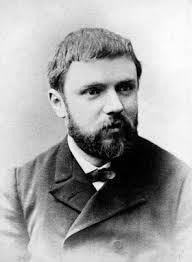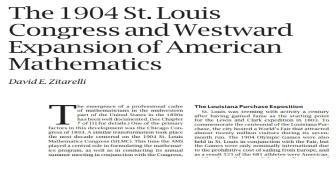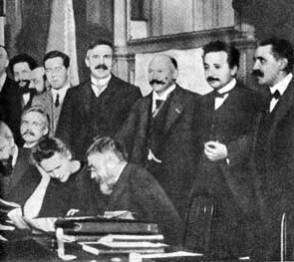burtlancast
Member
- Joined
- Jan 1, 2013
- Messages
- 3,263
We in France have known for a century Einstein was a hoaxer and a plagiarist who stole verbatim his theory of relativity to Poincare. French Nobel Prizes have stated it many times, as well as science historians.
The guy was an act and a fraud for all his life, just like Pasteur.
US physicist Dean Mamas marshaled all the proofs back in the nineties.
The guy was an act and a fraud for all his life, just like Pasteur.
US physicist Dean Mamas marshaled all the proofs back in the nineties.



